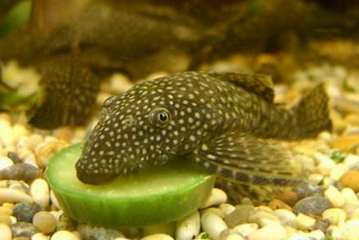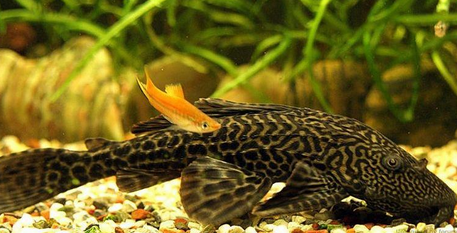The meaning of the name scavenger, strictly speaking is actually a positive word, can clean up the garbage is what we call sanitation, then the scavenger fish also means that it can clean up the dirty and garbage in the tank, do you know how the scavenger fish is cleaning up the garbage?
In fact, the method is very brutal and simple, is to use its suction cup mouth will be dirty garbage, such as the growth of algae and bacteria inhaled into the belly, and sometimes will eat the feces of other fish, so their ability to survive is very strong, it can be said that they can become the longest-lived fish in the tank, of course, if there is no food will certainly also die.

If you keep one or two scavengers in your fish tank, it can effectively help you to clean the fish tank, can clean the algae and water plants on the wall, and also look beautiful and tidy inside the fish tank, so that you can slightly reduce the pressure of cleaning.
Although the scavenger is with the advantages of cleaning up the garbage, but it does not mean that it does not have disadvantages, these disadvantages do not know whether you understand.

After it cleans up the garbage in the tank, if it still feels hungry at this time, but there is no feed and food for it to eat, it will look agitated, as it has no way to cause any broken illusion to the tank, this time it will go after other fish and then attack the other fish, the small fish will bear the brunt of the scavenger’s attack.
If you have seen the scavenger, you can also know that the scavenger’s body strength is very strong, and its speed is very fast, suddenly launched an attack on other fish, usually small fish can not react quickly will become bruised. For those who are slow to act, the reaction ability and can not keep up with the fish, scavenger has become their “predator”.

So feeding the scavenger must pay attention to add feed in a timely manner, and when feeding you can also observe whether the scavenger has a more obvious snatch phenomenon, which are telling you that the scavenger may need more food.

